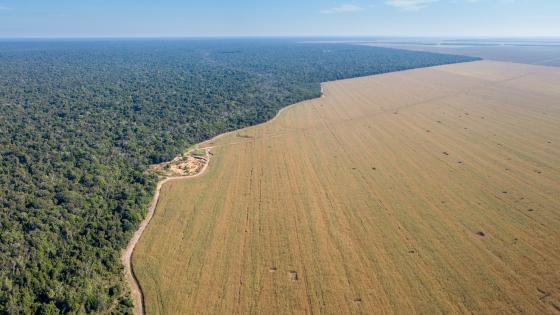DP2310 What's Behind Mercosur's CET?
The theoretical literature follows two different approaches to explain the endogenous formation of a Customs Union (CU). The first one explains CU formation through the willingness of integrating partners to exploit terms-of-trade effects. Indeed, as the union forms, the 'domestic market' gets larger and members' international market power increases. The alternative explanation is related to political-economy aspects such as the CU offering the possibility of exchanging markets or protection within the enlarged market. Which is the engine behind CU formation? This is the question at the core of this paper. Results suggest that in the case of the Common Market of the Southern Cone (Mercosur) both forces were important. Terms-of-trade effects account for between 6 and 28 percent of the explained variation in the structure of protection. There is also evidence that the terms-of-trade externalities among Mercosur's members have been internalized in the Common External Tariff (CET).

